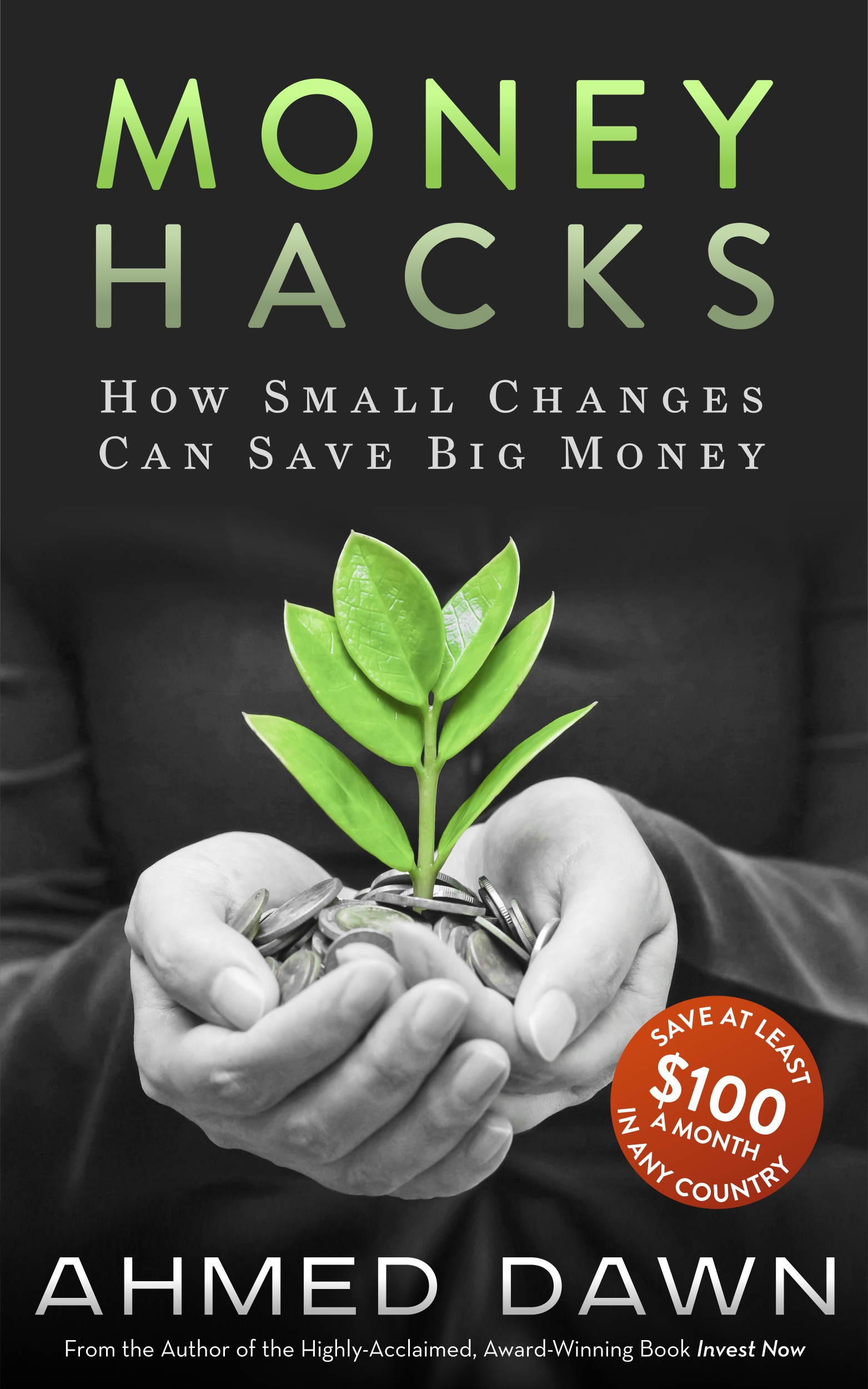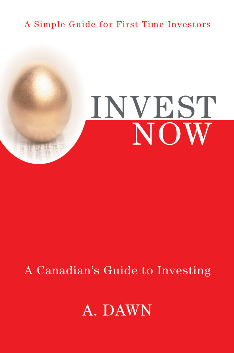Canadian Economy Improving Slowly For the Season
/Canadian Economy Recovering
First Published Date: December 19, 2009
To streamline and minimize blog maintenance, I will be discontinuing maintaining the Canadapersonalfinancewebsite.com website (however, I will still hold the domain). I will gradually move all articles from this site to A Dawn Journal. This article originally published on the above website on Dec 19, 2009
Canada is among the countries that are seeing an upswing in the economy, with spending up and unemployment down since last year. Canadians are expecting the economy to continue improving since the recession that lasted for three quarters.
Home sales are up for the first time since last year, with an increase of up to 73%. Experts are hesitant to say that the rising prices of homes are a permanent change, however. There are some who worry that the exponential price increases are going to last for only a short period, and that the current real estate market is simply a bubble. New cars sales are among the factors that show the economy is improving.
New car sales have risen over three percent since September, and while sales are still slightly below average they are consistently improving on a monthly basis. There is some controversy over the rising levels of debt among citizens, who are now taking advantage of the lowered interest rates that have been put into place through government initiatives to help fight the recession. Citizen debts are now at an all time high, and even though the numbers of bankruptcies are down by over 27%, there are fears that debt may be increasing too much for citizens.
Despite debt concerns, most business owners remain optimistic about the future. In fact, nearly 70% of business owners are expecting to see an increase in business over the next year. With unemployment down by 8.4%, the business owners have good reason to be optimistic. Canada has experienced an influx of over 30,000 jobs in September alone, providing relief just in time for the upcoming holiday season.
Among the factors influencing the economic recovery in Canada is international trade. US automakers have begun to supply Canada with a fresh stock of automobiles, which have become less readily available since the recession began. Some experts feel that the relief is temporary, and see the unemployment rates rising again in the near future. Others have predicted a trend that will lead to further economic improvement in the country, with expectation of 2.6 percent growth in 2010, and 3.9 percent growth in 2011.
The Canadian and US economy are very closely tied, since the US is Canada’s number one trade partner. The improvement in the US automobile industry has helped to improve the Canadian economy, but there are also trends in the US that will predispose the improvement of the Canadian economy over the next two years. The US economy has been improving, and the impact will be positive for Canada, as well.
Among other factors that are improving the Canadian economy are stimulus spending, an increased budget for infrastructure, and lowered interest rates which are at an all time low. Canadians can expect to see stimulus spending remain steady throughout 2010, which will improve the economy further. The lowest unemployment rates won’t be expected until 2011, although they have continuously been falling and are expected to remain under nine percent throughout the next two years.








